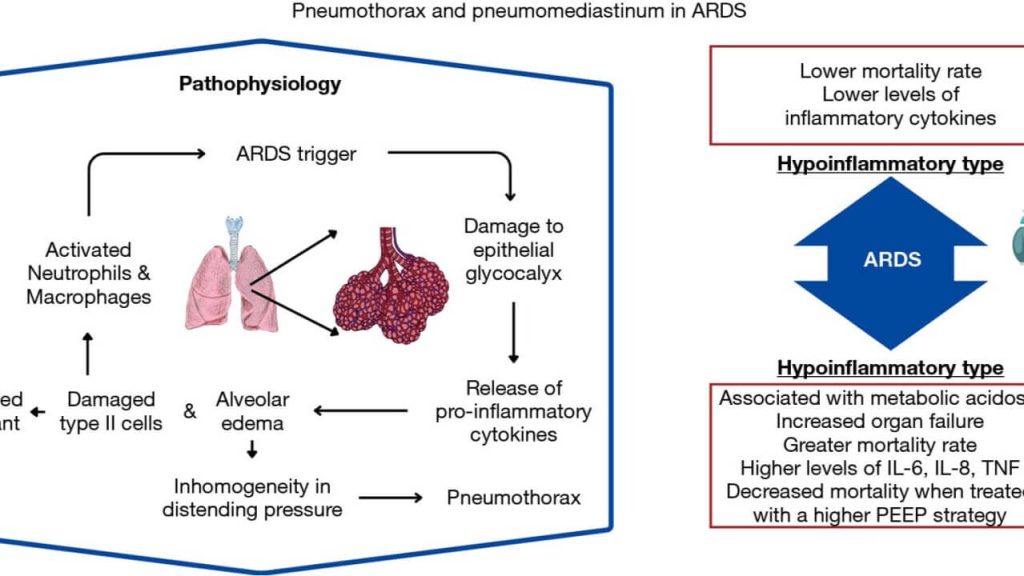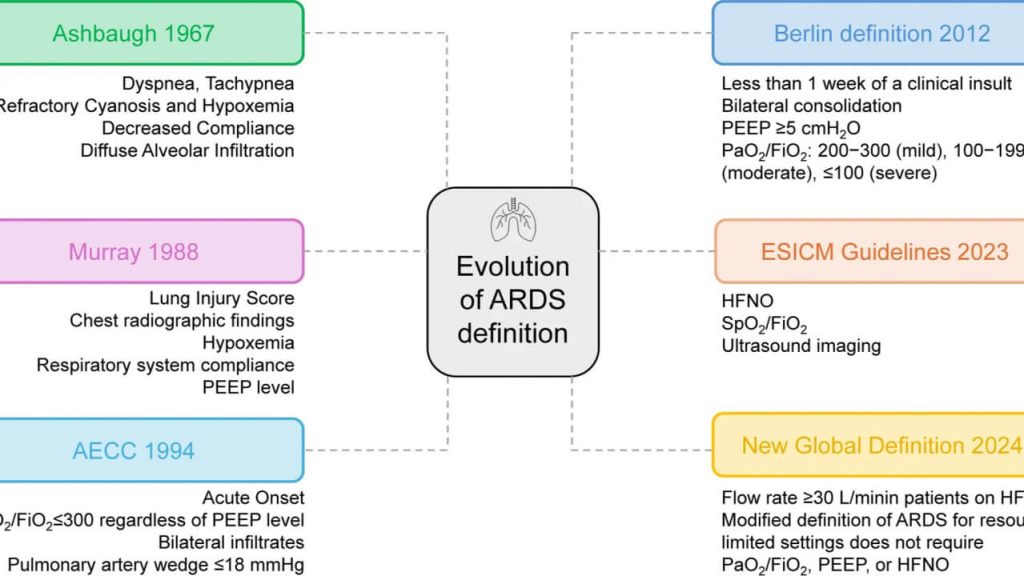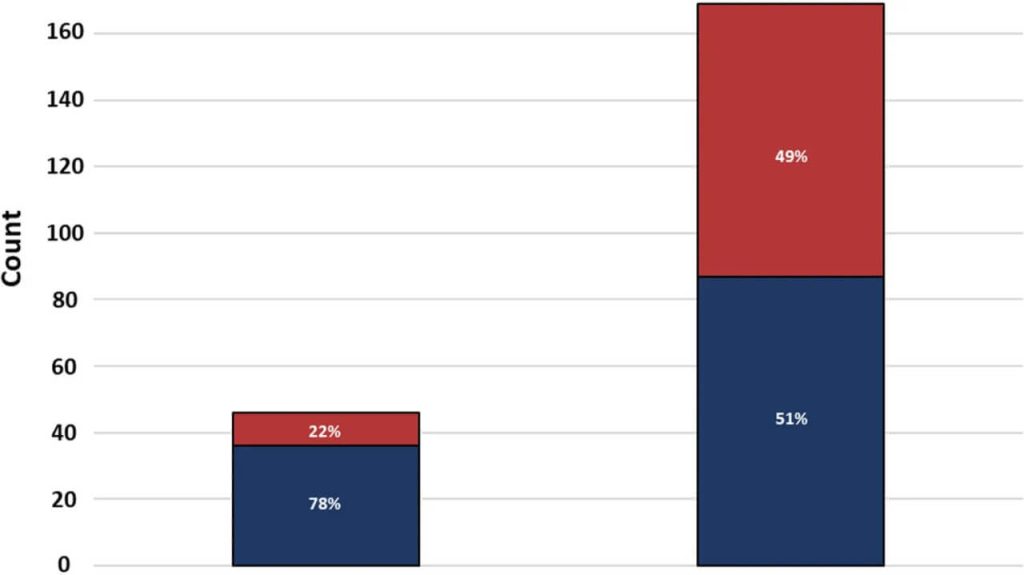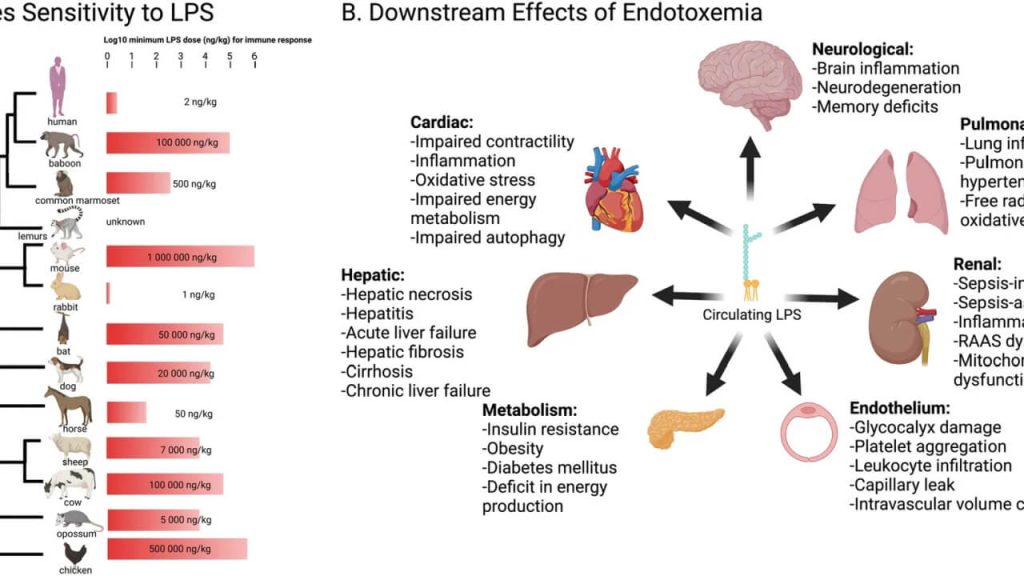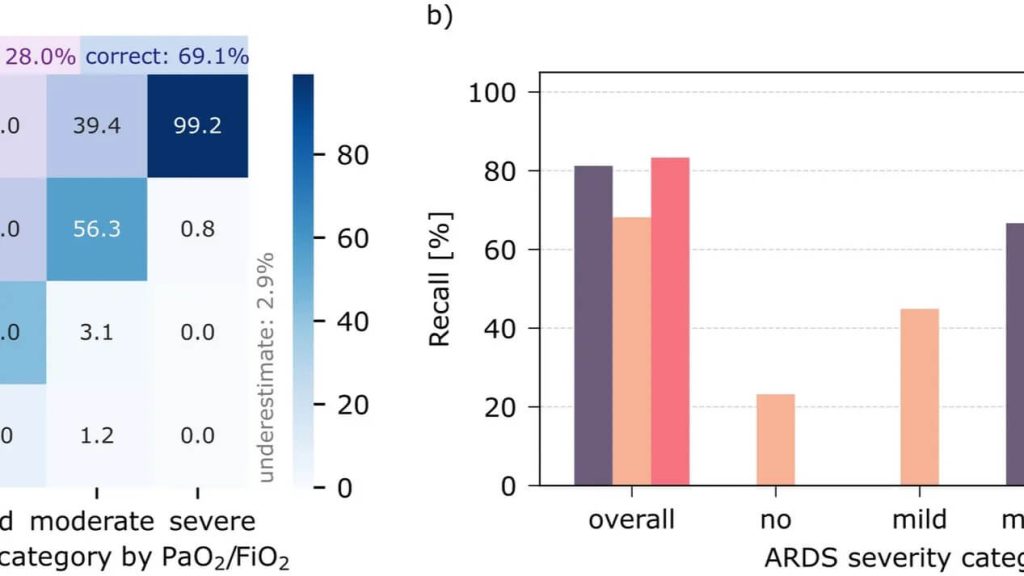Double cycling with breath-stacking during partial support ventilation in ARDS: Just a feature of natural variability?
Abstract Background Double cycling with breath-stacking (DC/BS) during controlled mechanical ventilation is considered potentially injurious, reflecting a high respiratory drive. During partial ventilatory support, its occurrence might be attributable to physiological variability of breathing patterns, reflecting the response of the mode without carrying specific risks. Methods This secondary analysis of a crossover study evaluated DC/BS […]



